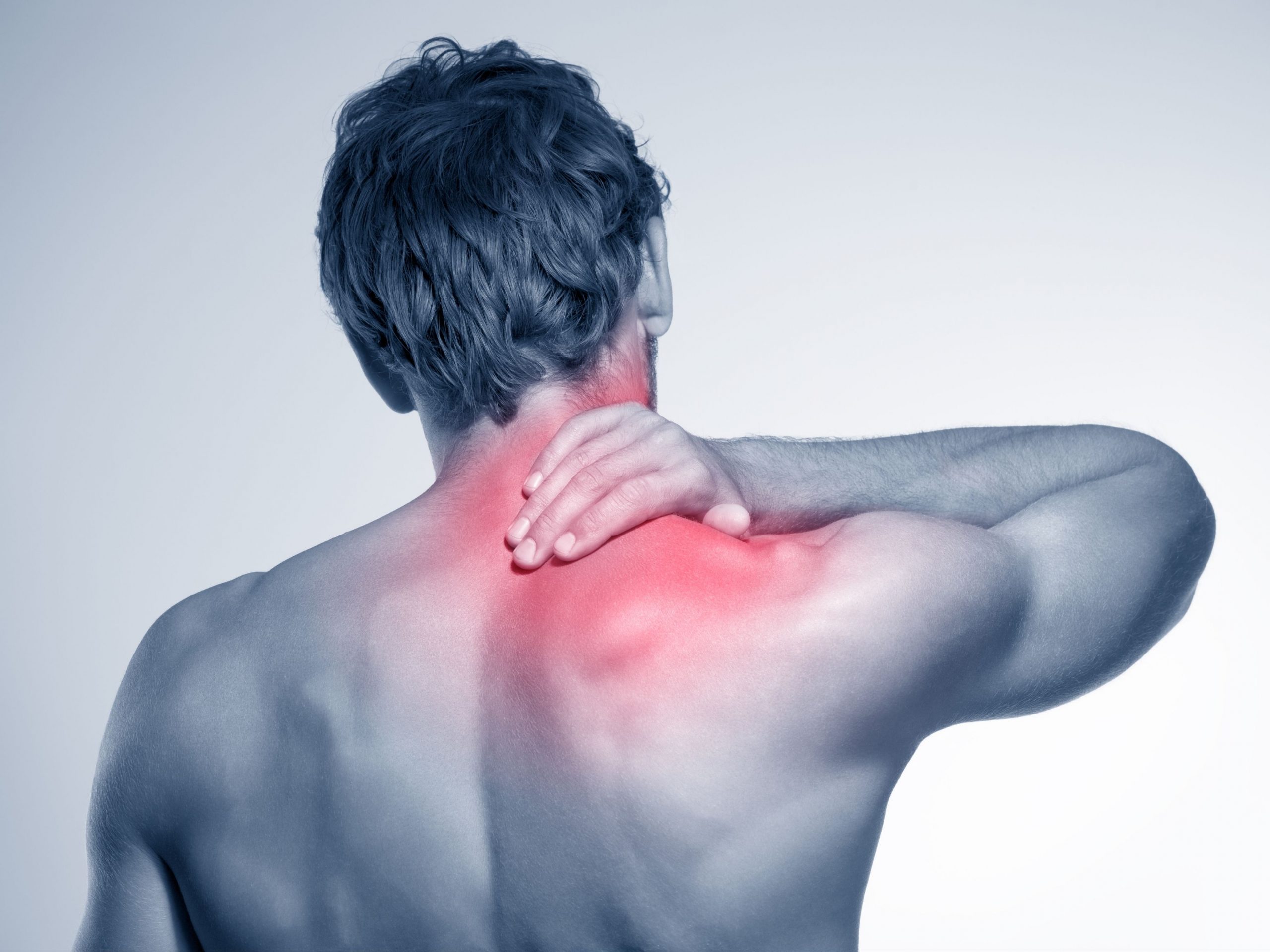Do you have Upper Crossed Syndrome?
Upper crossed syndrome can manifest in many different ways. Perhaps you wake up each morning with a stiff neck. Or maybe you have been carrying a heavy bag to work each day. And if you are like most people, you are probably stuck behind the desk most of the day. If any of these apply to you, it might be possible that you are suffering from Upper Crossed Syndrome.
But what is it exactly, and what can you do about it?

Upper Crossed Syndrome
What is Upper Crossed Syndrome?
Upper crossed syndrome is caused by a muscular imbalance that affects the head, neck and upper back. It is often the result of sitting behind the desk at work all day. It is possible that the distraction of your everyday chores makes you unconscious of how you are sitting. This, in turn, can lead to poor posture. As a result, you may feel a tightness in the muscles at the top of your back and along the back of your neck, as well as a corresponding tightness in the chest muscles.
At the same time, it can lead to weakness in the muscles of the front of the neck that correlate with a weakness of the muscles between the shoulder blades. The condition is given its name because an “X” can be drawn across the upper body to indicate the areas of tightness and weakness. One line of the “X” signals tightness and the other weakness.
What problems does Upper Crossed Syndrome Cause?
Because certain muscle groups get tight whilst others weaken, this can lead to a chain of events that can cause rotator cuff dysfunction, shoulder instability or headaches.
These issues can be serious enough to require time off work. In fact, according to the Office of National Statistics, over 31 million working days are lost every year in the UK due to neck, muscular and upper body pain. Granted, not all these incidences are down to Upper Crossed Syndrome; but it does indicate how serious these issues can become.
What posture mistakes lead to Upper Crossed Syndrome?
Imagine for a moment you are sitting in your chair, looking down at your smart-phone as you are texting away. You’ll probably be exhibiting some very characteristic postural mistakes. Your shoulders will be hunched forwards, making them appear more rounded, which tightens the chest muscles and weakens the muscles between the shoulder blades.
Your head will be facing downwards which is placing tension stress on your neck muscles and spine. In fact, the weight of your head adds 10 pounds per inch that it is taken away from the center of gravity. It doesn’t take long before that weight is added an enormous strain on your upper body.
Before the condition gets out of hand, look to see a specialist. We hope this information is useful for you. If you need advice or have any questions about our treatments, please contact us. You can find us in Islington and Mill Hill Broadway. We are always happy to help.
If you like this blog, please share!



